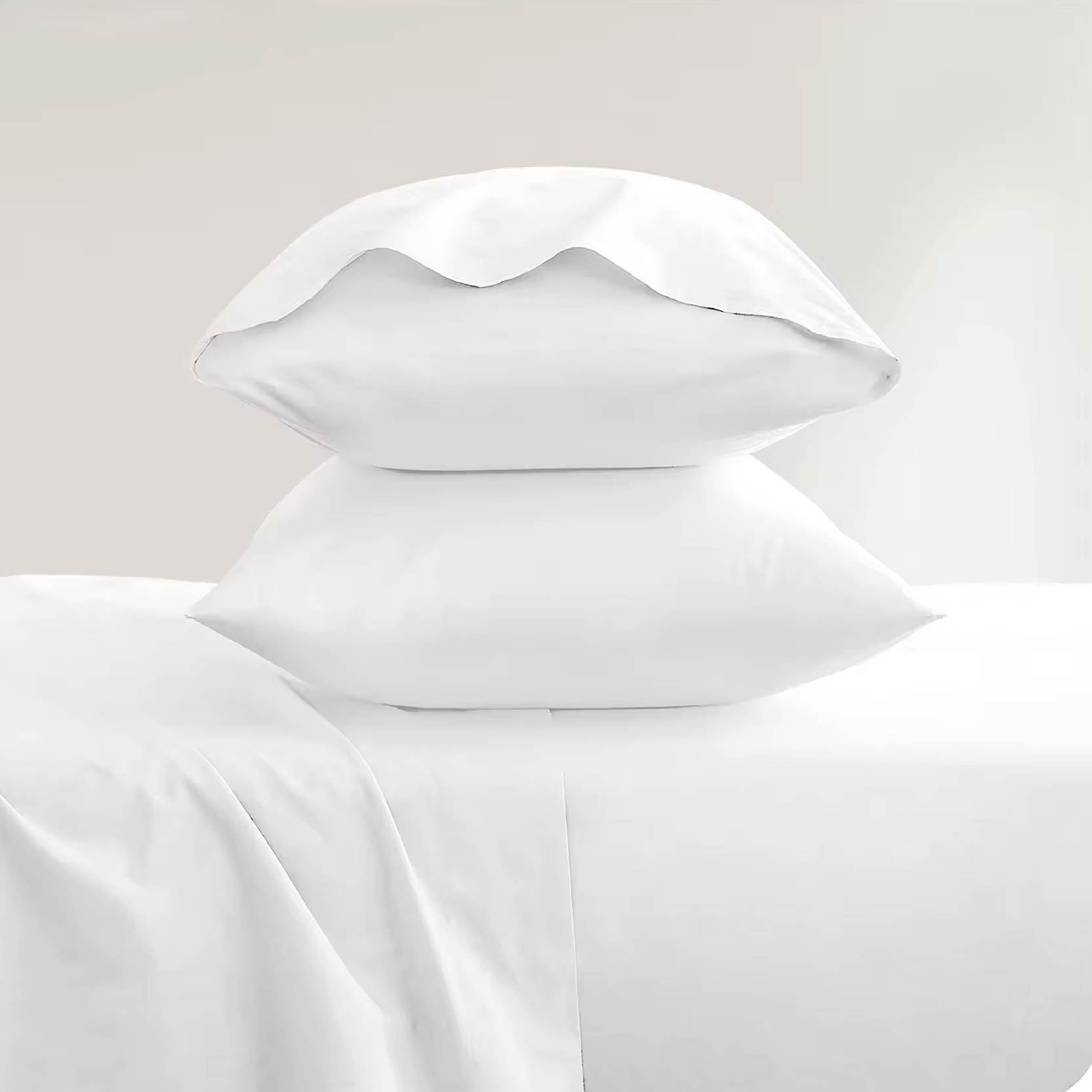Tips for Selecting Non-Pilling Sheets That Ensure Comfort and Durability
How to Choose Sheets That Won’t Pill
When it comes to creating a comfortable and cozy bedroom environment, the right bed sheets play a crucial role. Among various factors to consider, one of the most frustrating issues can be pilling. Pillowed fabric not only looks unattractive but also feels uncomfortable against your skin. Therefore, when choosing bed sheets, it’s essential to select materials and brands that resist pilling. Here are some tips to help you make an informed decision.
1. Understand the Fabric Types
The first step in choosing the right sheets is to understand the different types of fabrics available. Cotton is one of the most popular materials, but not all cotton sheets are created equal. Look for sheets made from long-staple cotton such as Egyptian or Pima cotton, as these types are less likely to pill. The long fibers are woven tightly, making them more durable and resistant to pilling compared to standard cotton.
Apart from cotton, materials like linen, bamboo, and microfiber are also excellent options. Linen, known for its breathability and durability, tends to resist pilling effectively. Bamboo sheets are soft and hypoallergenic, while high-quality microfiber is often brushed and tightly woven, which also helps to prevent pilling.
Thread count refers to the number of threads woven into a square inch of fabric. While a higher thread count can indicate a denser and often softer sheet, it’s essential to remember that this isn’t the only factor to consider. Generally, sheets with a thread count ranging from 300 to 600 are ideal for balancing comfort and durability. Very high thread counts can sometimes indicate lower-quality fibers being used, which may lead to pilling.
3. Look for Quality Certifications
When shopping for sheets, look for certifications that attest to the quality of the materials. For instance, sheets labeled as “OEKO-TEX” indicate that they are free from harmful substances and produced sustainably. A quality certification ensures you’re purchasing a product made with care, which often translates to better durability and resistance to pilling.
how to choose sheets that won t pill

4. Consider the Weave
The weave of the fabric significantly affects its durability. Sateen-woven sheets, which have a silky feel and beautiful luster, can be more prone to pilling than percale woven sheets. Percale sheets are made with a simple, one-over-one weave, making them crisp and cool to the touch. If you want sheets that resist pilling, percale could be the better choice.
5. Read Reviews
Before making a purchase, take some time to read customer reviews. Online retailers often allow customers to leave feedback about their experiences with specific products. Look for comments regarding pilling, durability, and overall satisfaction. Customers who have owned the sheets for a while may provide the best insights into how well they hold up over time.
6. Care for Your Sheets Properly
No matter how high quality your sheets are, improper care can lead to pilling. Always follow the care instructions provided by the manufacturer. Wash your sheets in cold water on a gentle cycle, and avoid using fabric softeners, which can leave a residue and contribute to pilling. Instead, use dryer balls to help keep the fabric separate in the dryer, allowing heat to circulate better.
Conclusion
Investing in high-quality bed sheets is essential for achieving a restful night’s sleep. By understanding fabric types, checking thread counts, looking for quality certifications, considering weaves, reading reviews, and caring for your sheets properly, you can choose sheets that resist pilling. A little effort in choosing the right sheets can lead to a more comfortable and visually appealing bedroom, ensuring you wake up refreshed and ready to take on the day.
-
Elevating Comfort and Quality with the Right Bed LinenNewsJul.07, 2025
-
Bedding Essentials: From Percale Sheets to White Quilts, Finding Your Perfect Sleep HavenNewsJul.07, 2025
-
Choosing the Right Bedding for a Comfortable and Stylish BedroomNewsJul.07, 2025
-
Understanding the Diverse World of Towel TypesNewsMay.29, 2025
-
The Ultimate Comfort: Discover the Benefits of Polycotton SheetsNewsMay.29, 2025
-
Experience Luxury with 1800 Brushed Microfiber SheetsNewsMay.29, 2025
-
Elevate Your Sleep with Luxurious Hotel Sheets for SaleNewsMay.29, 2025






